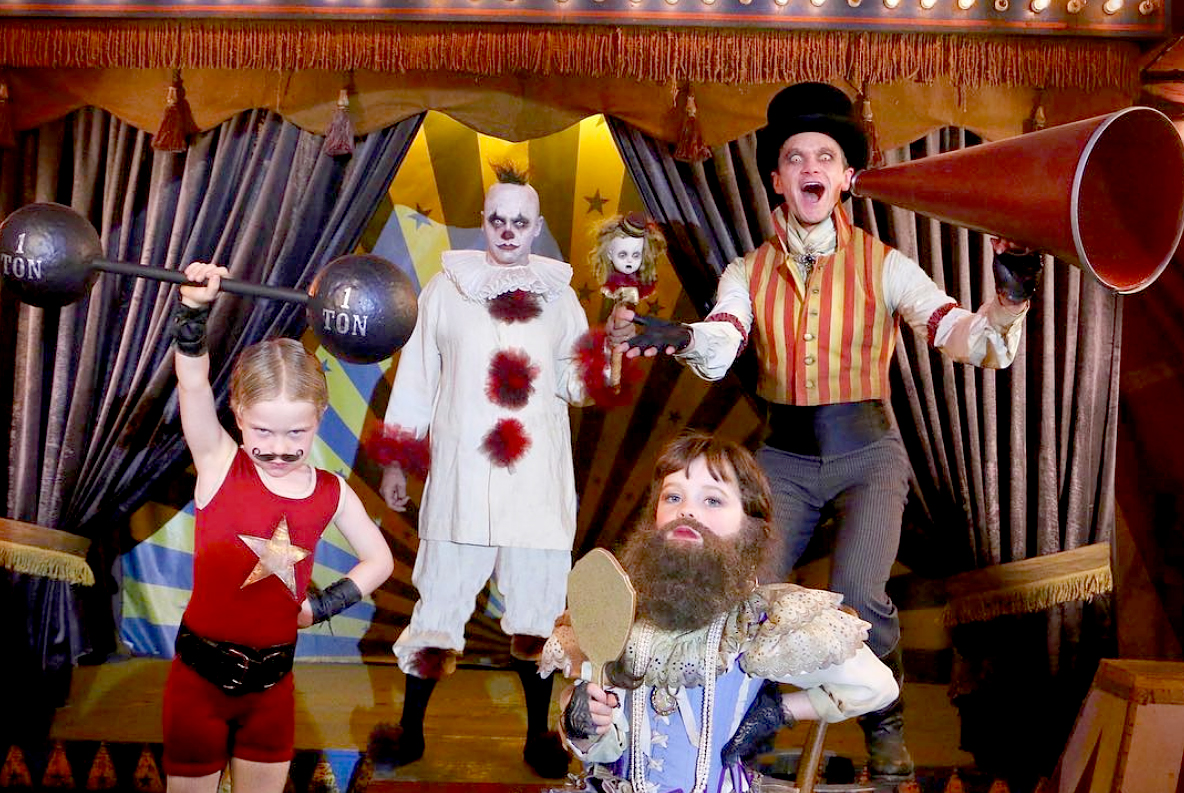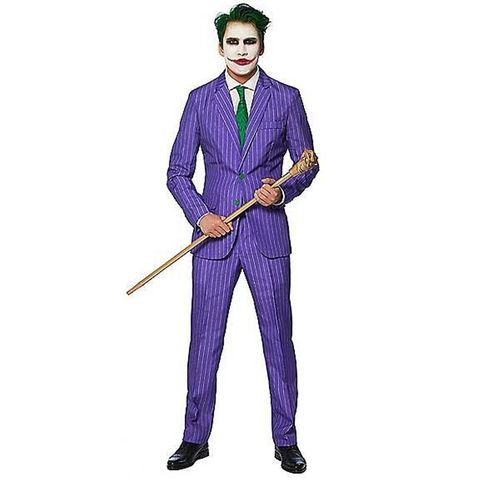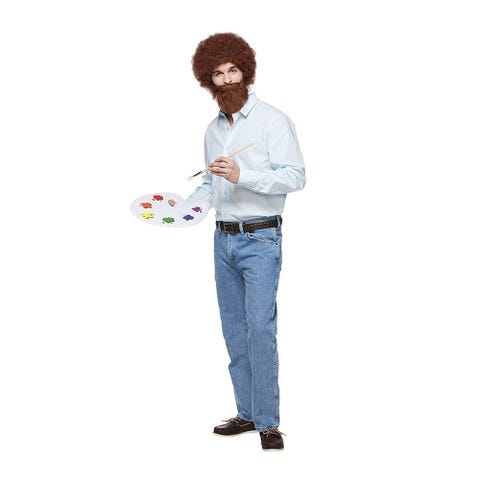 |
We all know Americans love Halloween so much .According to Statistics Americans spent nearly $6.9 billion dollars in the holiday last year. Seven in ten of America celebrates Halloween, with each of them spending approximately $72.31 on candy and costumes is a big festival I will say. Halloween is an annual holiday celebrated each year on October 31, and Halloween 2019 occurs on Thursday, October 31.
Today friends relative oversea and American communities all over the world all participate in Halloween. With parties and beautiful customs with lot of fun and merriment ,I think this is a celebration worth waiting for every year (Halloween in 2019 is on Thursday, October 31 fifth Thursday of October).Dressing up in costumes and trick-or-treating are popular Halloween activities, but few actually know how this traditions all started.
Today we are going to learn about how Halloween and how this big festival originated and been associated with Americans . The origins of this festival are complex and not always easy to unravel.
Historians and folklorists frequently identify the Celtic holiday of Samhain, which is about halfway between the autumn equinox and the winter solstice which started at night fall on October 31st and ended on the day of November 1st, as a likely early version of Halloween. The Celtic year was divided into two halves light and dark, which were delineated by two of their four annual fire festivals.
In between, rituals or ceremonies were celebrated marking solstices (when night is either the shortest or longest) or equinoxes (when day and night are equal). Samhain, the fire festival that marked the beginning of the dark half of the year, is situated between the autumn equinox and the winter solstice.

Some folklorists argue that this date was associated with some heightened supernatural powers; this derives from the associations of Beltane with the supernatural and as a time of fairies and witches.
What was true for the start of the agricultural cycle might also be true for its end. But the evidence for this is sparse. Various Christian churches had a hand in the early formation of Halloween as well. All Saint’s Day, November 1st, was very popular as was All Soul’s Day, on November 2nd. Paralleling these days was a feast celebrating the dead, known as Hallowtide, on October 31st.
What was true for the start of the agricultural cycle might also be true for its end. But the evidence for this is sparse. Various Christian churches had a hand in the early formation of Halloween as well. All Saint’s Day, November 1st, was very popular as was All Soul’s Day, on November 2nd. Paralleling these days was a feast celebrating the dead, known as Hallowtide, on October 31st.
By the late Middle Ages, Hallowtide had developed into a fairly spectacular affair. Catholic traditions included the ringing of the church bells to comfort the souls in purgatory. As the Protestant churches began to gain influence in the early sixteenth century, and since they tended to abandon purgatory, a concerted effort arose to do away with this celebration. But even as Protestantism spread, religious authorities discovered that people loved the holiday too much to give it up.
Beginning in the sixteenth century, a number of rituals came to be associated with Halloween. Fires increasingly came to be connected with this date. Adolescents and young men and women set the fires and then jumped through the smoke. They might also lie down by them to let the smoke waft over them. The smoke supposedly had an apotropaic power (it was believed to ward off evil).
Notes that, during this festival, the world of the gods “was believed to be made visible to humankind,” leading to supernatural tricks and trouble; ghosts of the dead and spirits from the Otherworld were also thought to return to the earth during Samhain. To appease deities during this time, sacrifices (generally of crops and animals) were burned in bonfires as a protective measure from from evil otherworldly beings and offerings were left out for other visiting mischievous spirits. Tricks and pranks were often played, but blamed on fairies and spirits during the three-day period when the line between the two worlds blurred.
The practices of this fire festival evolved over time most notably with the spread of Christianity and the Catholic church, by 43 A.D., following Rome conquering most of the Celtic lands. In Jack Santino’s Halloween in America: Contemporary Customs and Performances, he explains how, during this time, many of Celtic traditions were reframed with a Christian narrative in an attempt to capitalize on the popularity of the pagan practices while spreading the new religion. That reframing created many of the Halloween traditions that people still participate in today.
The practices of this fire festival evolved over time most notably with the spread of Christianity and the Catholic church, by 43 A.D., following Rome conquering most of the Celtic lands. In Jack Santino’s Halloween in America: Contemporary Customs and Performances, he explains how, during this time, many of Celtic traditions were reframed with a Christian narrative in an attempt to capitalize on the popularity of the pagan practices while spreading the new religion. That reframing created many of the Halloween traditions that people still participate in today.
The church’s capitalization on Samhain traditions
It was May 13 in the year 609 that Pope Boniface IV declared a celebration called All Saints’ Day, also called All-hallows or All-hallowmas in Middle English; the day before it was thus known as All-hallows’ Eve, as History.com explains.
The festival was a day to honor Christian martyrs and saints. Later, in the mid-eighth century, Pope Gregory III strategically moved the celebration to November 1, coinciding with the time Samhain would have typically been held. The homage paid to martyrs and saints who passed closely paralleled the appeasement of ghosts of the dead during Samhain.
The offerings of food and goods to protect themselves from spirits and ancestral ghosts became offerings of food and drink to the poor, displays of generosity and goodwill. And the tricks and pranks attributed to otherworldly and evil spirits manifested themselves in the spirit of the saints.
Halloween Comes to America
As the beliefs and customs of different European ethnic groups and the American Indians meshed, a distinctly American version of Halloween began to emerge. The first celebrations included “play parties,” which were public events held to celebrate the harvest. Neighbors would share stories of the dead, tell each other’s fortunes, dance and sing.
Colonial Halloween festivities also featured the telling of ghost stories and mischief-making of all kinds. By the middle of the nineteenth century, annual autumn festivities were common, but Halloween was not yet celebrated everywhere in the country.
In the second half of the nineteenth century, America was flooded with new immigrants. These new immigrants, especially the millions of Irish fleeing the Irish Potato Famine, helped to popularize the celebration of Halloween nationally.
Halloween Customs in the Early 20th Century:



The 2019 Halloween Costume Trends You're Going to See Everywhere




Halloween Marks Became more popular in the 1960s


Halloween Costumes in 2000s






Eventually, All-hallows’ Eve evolved into Halloween, becoming more popular in secular culture than All Saints’ Day. The pagan-turned-Christian practices of dressing up in costume, playing pranks and handing out offerings have evolved into popular traditions even for those who may not believe in otherworldly spirits or saints.
Halloween had evolved into, parties,holidays, the centuries-old practice of trick-or-treating is still been practised. Trick-or-treating was a relatively inexpensive way for an entire community to share the Halloween celebration.
In theory, families could also prevent tricks being played on them by providing the neighborhood children with small treats.However, whether Halloween celebrants know it or not, they are following the legacy of the ancient Celts who, with the festival of Samhain, celebrated the inevitability of death and rebirth.
You can read more on Halloween History on History.com
By Parish Pascal
Editor Binnabook Publishers


0 Comments:
Post a Comment
Your Views are needed.Thanks!